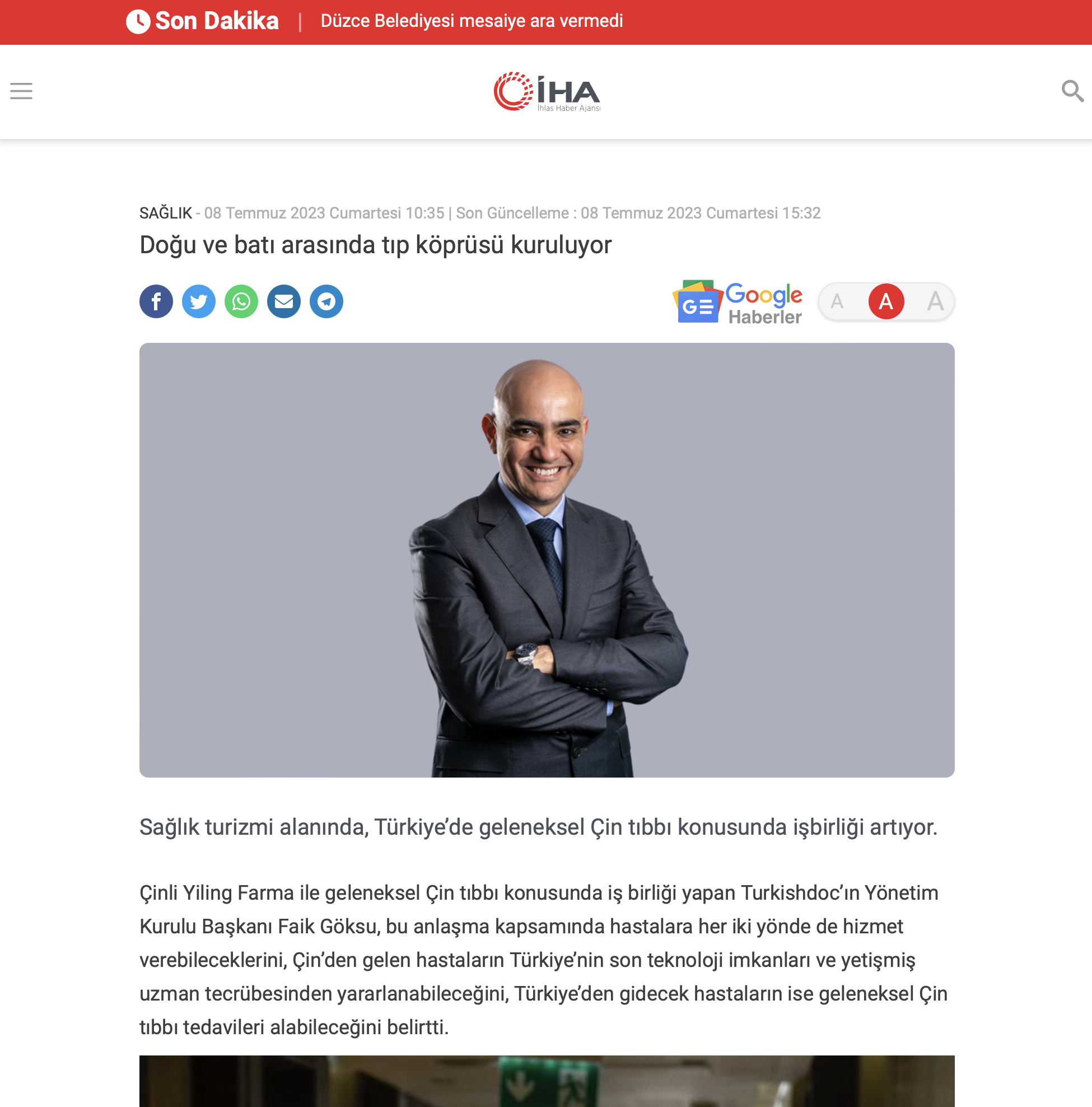Turkishdoc
What Is Acute Coronary Syndrome Treatment?
Acute coronary syndrome, which encompasses three coronary diseases, is a serious condition. It occurs suddenly and can lead to a heart attack and loss of life. Acute coronary syndrome, therefore, requires urgent treatment. This disease, which triggers a heart attack by causing unstable angina, can be prevented with emergency treatment. The person should be taken to the emergency room and kept under observation. The acute coronary syndrome is treated in the same way as other heart diseases.
Diagnosis of Acute Coronary Syndrome
When diagnosing acute coronary syndrome, the doctor first looks for signs and symptoms. He or she also asks about the person’s medical history and listens for complications. After evaluating all this information, some diagnostic methods are applied to be sure of the acute coronary syndrome. The diagnostic methods used for this disease include physical examination, ECG, and blood tests. Below, you can see all the diagnostic procedures for the acute coronary syndrome:
- Electrocardiogram (ECG)
This diagnostic method measures the electrical activity of the heart and detects abnormal conditions in the heart. The electrocardiogram, which detects whether the heart receives enough oxygen, diagnoses this disease in a short time. It is applied by connecting to certain parts of the body.
- Coronary Angiogram
A diagnostic method used to detect coronary artery blockages is called coronary angiography. In this procedure, X-ray images are obtained and the doctor examines them for signs of the acute coronary syndrome. The images obtained using X-rays reveal the condition of the blood vessels. Since this method is also used as a treatment, medication or surgery is planned according to the results.
- Blood Tests
Blood tests are also a diagnostic method, as there is a risk that some enzymes may leak into the blood during a heart attack. Blood tests that detect this leakage in the blood provide a clear diagnosis of a heart attack. It is one of the decisive diagnostic methods for the acute coronary syndrome.
- Echocardiogram
An echocardiogram helps determine the structure of the heart and is used to diagnose many heart diseases. It is also used for the acute coronary syndrome, and the doctor will perform a suitable type. This diagnosis uses sound waves to determine whether the heart is functioning well.
- Calcium-Score Screening Heart Test
The calcium-score screening heart test is a diagnostic method to detect calcium deposits. It detects the narrowing of the coronary arteries and can also detect a possible heart attack. The calcium-score screening heart test uses computed tomography and is an imaging method.
- CT Angiogram
A computed tomography (CT) angiogram is an imaging test that uses contrast dye and special X-rays. It visualizes the blood vessels and tissues and is a helpful test for the acute coronary syndrome. It is an effective imaging test for many heart conditions.
The goal of all these diagnostic methods is to detect any damage to the heart. In particular, if an abnormality in the blood flow to the heart is detected, treatment is administered immediately. If the person with the acute coronary syndrome is unconscious, the doctor will administer the most appropriate emergency treatment.
Acute Coronary Syndrome Treatment
Although there is no definitive cure for the acute coronary syndrome, there are some treatments that can help prevent heart damage. Early treatment can prevent damage to the heart and reduce the risk of dying. Treatment for acute coronary syndrome aims to improve blood flow and relieve symptoms. If treatment methods are applied in a short time, the heart can restore its function. Treatments vary depending on the person’s general health condition. The treatment methods used for the acute coronary syndrome are medication or surgical procedures. Below, you will find comprehensive information about these treatment methods.
- Medicines
Some medicines are used to treat the acute coronary syndrome. The medicines prescribed by the doctor may vary according to the health of the person. The medicines used in acute coronary syndrome are as follows:
Beta-blockers: These are medicines that eliminate problems in the heart and circulatory system. These drugs control blood pressure and heart rate and relax the heart muscle. With all these effects, they are a type of medicine used in acute coronary syndrome.
ACE inhibitors: Angiotensin-converting enzyme inhibitors, abbreviated ACE inhibitors, regulate blood pressure. This type of medicine to lower blood pressure is used in the treatment of cardiovascular diseases. Since high blood pressure is a risk to heart health, it is controlled with these medicines.
Anticoagulants: These drugs that prevent blood clotting stop some life-threatening conditions. In particular, they eliminate conditions caused by clots, such as heart attacks. They also reduce the risk of a heart attack caused by the acute coronary syndrome.
Nitroglycerin: Used in many heart diseases, this medicine helps to improve blood flow. It also relieves chest pain, which helps relieve symptoms.
Statins: These medicines to control high cholesterol levels can be used to treat the acute coronary syndrome. If a person has high cholesterol, the doctor may prescribe these medicines depending on their general health.
Surgical Procedures
In the case of an acute coronary syndrome that does not improve with medication or is very risky, surgical procedures can be performed. Surgical treatments aim to improve blood flow and ensure regular blood flow. You can see the surgical procedures for acute coronary syndrome under the following headings.
- Angioplasty
Angioplasty is a surgical procedure to open arteries that are blocked and narrowed by plaque. The surgeon inserts a catheter into the narrowed artery and inflates a balloon at the end to open the arteries. A stent may also be placed in the cavity to keep the arteries open. In short, angioplasty is an effective procedure that is also used for the acute coronary syndrome.
- Coronary Artery Bypass Surgery
Coronary artery bypass surgery is a surgical procedure to improve blood flow. This procedure improves the reduced blood flow that causes heart attacks. In this procedure, a blood vessel is taken from a different part of the body, and a detour is created around the blockages. This is called a coronary bypass, and the blood vessels created by the detour improve blood flow.
- Percutaneous Coronary Intervention
Percutaneous coronary intervention is a surgical procedure to open arteries blocked by plaque. It can also be performed after a heart attack. It opens the blocked arteries and allows oxygen to reach the heart. This minimizes damage to the heart and allows it to function better.











